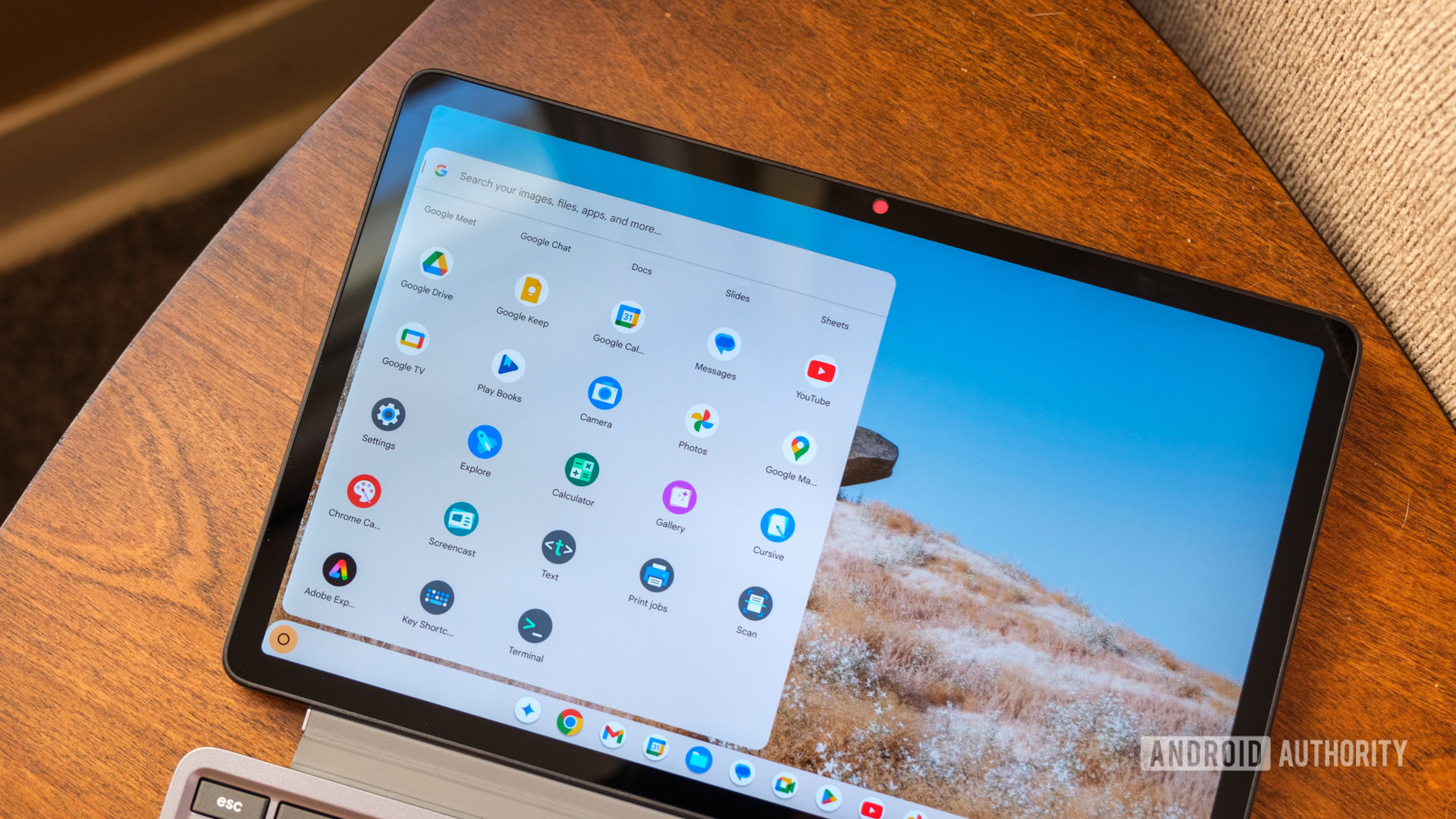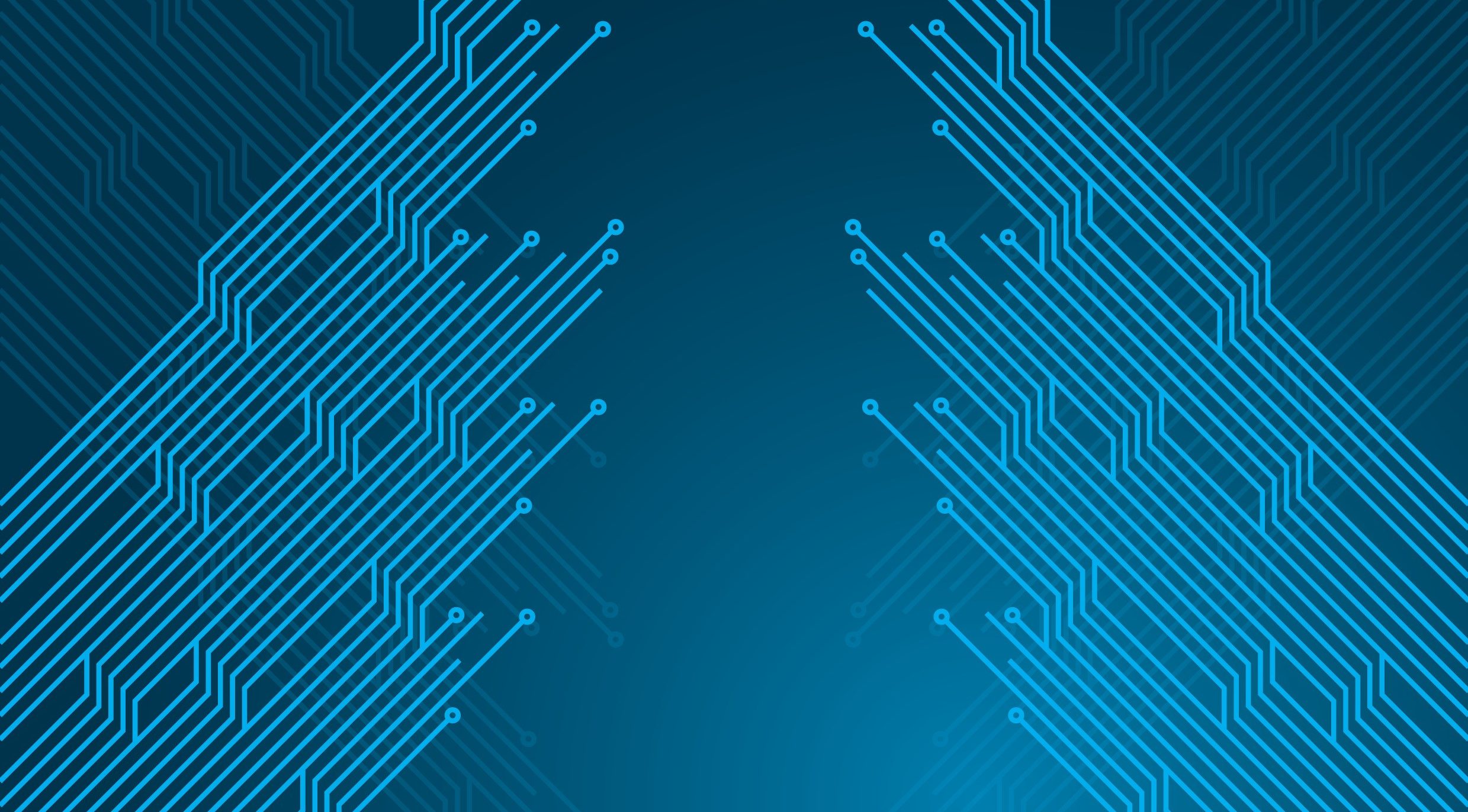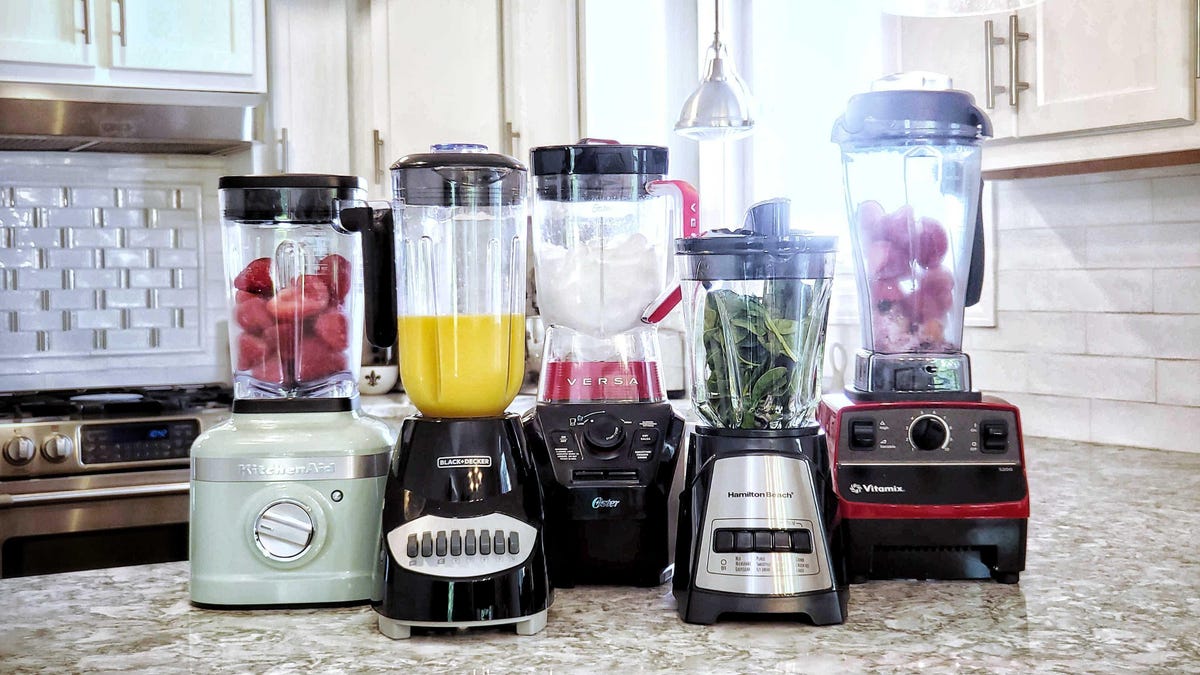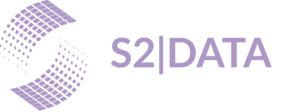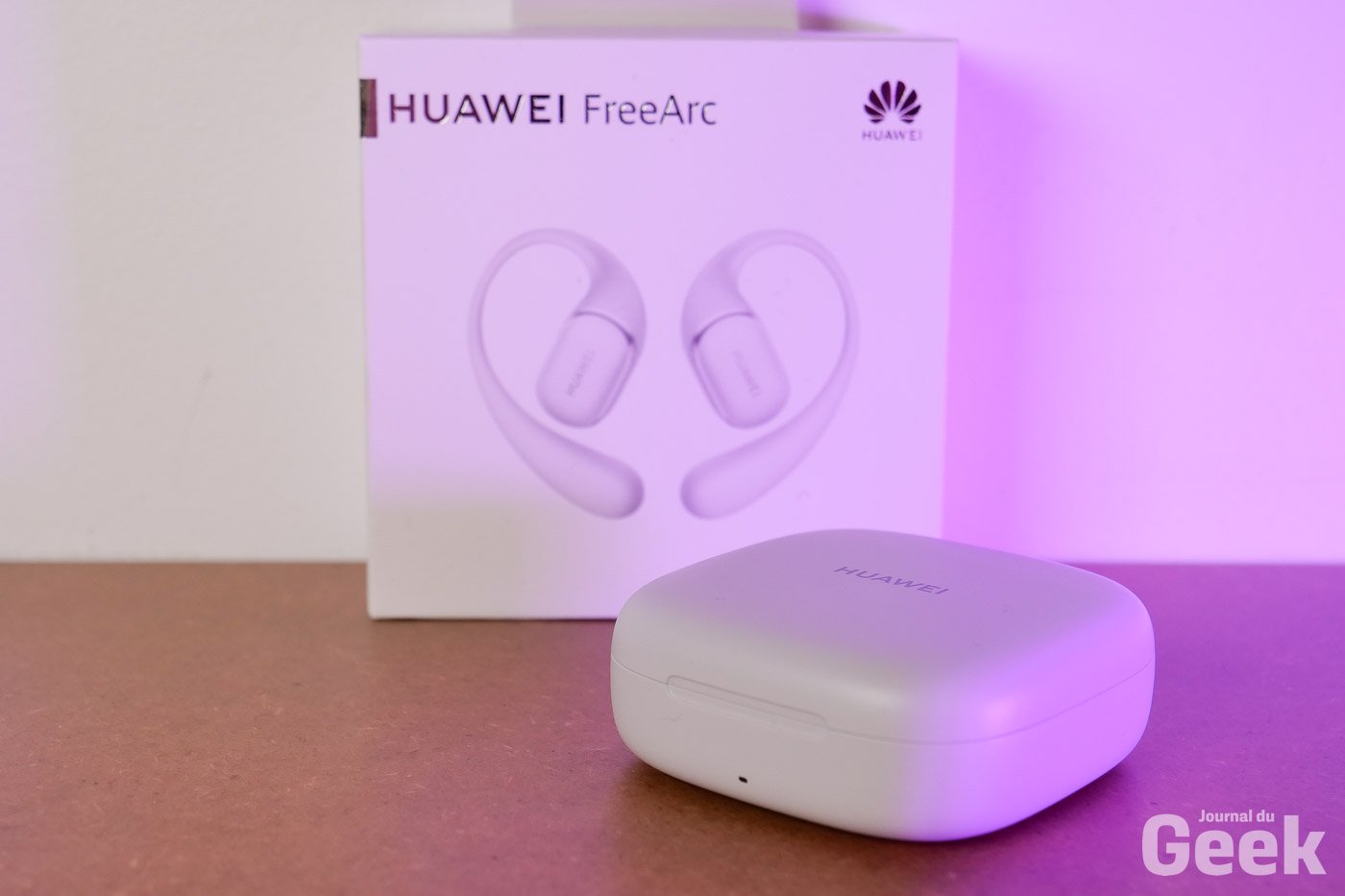I would like you to do something. It’s very simple: simply look on your phone, computer or tablet at the number of applications you have downloaded to replace the native applications that do the same thing in a very similar way.
Already? If you have alternative apps to the Google or Apple calendar, note applications that replace the native one or another email manager, they are surely there because you are looking to boost your productivity. Until not long ago, I was in that situation, but I realized one thing: I was extremely productive filling out information in apps, but the “real” work was too much for me.
Then I saw something curious: my partner was doing the same thing I was doing in a specific app, but in the Notes app on the iPhone. I started to pay attention to that way of using the application and, at the same time, I saw that I had another app different from the previous one for something very specific that my partner was doing again in… Notes.
And by chance, I remembered the meme about how we use apps. It is the one that shows a naive user using a pre-installed app on their mobile, another advanced and Frustrated because you have to fill out information for 20 applications and, at the opposite end of the graph, the expert user: the one who does everything the advanced user does, but in the application that the naive user was already using.
In fact, talking to my colleagues about this, Javier Lacort shared a perfect image that summarizes what was happening to me:


Image by Javier Lacort. Click to go to X
Sadly, I saw myself very identified in the figure of that frustrated user. And half of the apps you use have a design that sounds pretty familiar to me. The main problem is that you can’t get rid of it overnight.
Working to complete an app
I am not a minimalist person. I’ve tried, but I love collecting video games and consoles. I also like a lot of other things, so although I watch a lot of minimalist lifestyle videos, I long ago got off the boat of trying to be something I’m not.
However, I think there are several types of minimalism and one that is allowing me to be more productive is digital. It’s not easy, I tell you, and I’m going to use my own work as an example. Before starting with this minimalism thingused the following applications:
- Airtable – Article publishing calendar management.
- Fantastical – Calendar.
- Spark – Mail Management.
- Asana – Project management (previously used Trello) and deadlines.
- Todoist – To-do lists.
- Notion – Write articles.
- Spreadsheet – Count of articles written.
- Google Keep – Write down ideas that occur to me outside the home thanks to its widget.
- Tomato Apps.

All that for work, since in my personal life I also used a few. They are great applications that you can get much more out of than I did. Many are tremendously versatile, but I only used one thing from each of them. The first time I opened them, I remember spending hours configuring each corner, adding new pages to boost my productivity and making them beautiful because, ultimately, they were going to make me more productive.
They succeeded, but only in terms of “filling out” those applications. Throughout the day, I spent too much time completing cells and tasks in those apps, which increased my work screen time. In short: I worked for the app, not the app for me.
And there was my mistake.
true health
If you are in that situation, you surely know what I am talking about and, as I say, the transition was not easy, but my decision was to uninstall everything that was an alternative to a native app and test how it went for a week.
So, I was left with:
- Notion – For writing, project organization and as a spreadsheet.
- Native Mail – No explanation needed.
- Reminders – The native iPhone app by Todoist.
- Calendar – Instead of Fantastical and as a substitute for Asana.
- Notes – To jot down those quick ideas, shopping lists, etc.
- iPhone concentration modes. This is important.
Not only are there fewer apps, but I no longer have repeated applications because I have been uninstalling the others. And that’s on the mobile, but the same thing happens to me on the PC or Mac and I use the native apps or the web versions of the apps I just mentioned. In fact, the only application I have downloaded from the Store is Notion and what I have done is take advantage of what each app offers me.
Instead of using a new one for each task, I use the native ones and Notion for more things. It may sound stupid on my part at first to go in the other direction, but in the end they are applications made for that: they have very careful and attractive designs so that we want to use them all. They are all all-terrain, but extremely good for one specific thing and what we end up having is a galaxy of multifunction apps that we use for only one thing.
As I say, that was killing my productivity because I spent hours completing lists of tasks that I had to do and, when I didn’t reach the objectives, I got frustrated, all the apps showed me red icons reminding me that I hadn’t reached them and that made me spend more time on those apps rearranging tasks in the hope of arriving next week.
Without that “pressure”, I am working better. I don’t need a Pomodoro app if I want to focus on a task for a certain amount of time because I don’t have much to do beyond being focused on that task. I do not have to update a label with its status (if it is pending, if I have started it, if I need to layout it or if I have finished it). It’s simply done… or not.
And the same with the rest of the apps. On my mobile I have Mail and on my Mac the same app, already installed, so if for whatever reason I have to use another Mac, that app is already there and I just have to enter my account. And so with all of them except Notion. In addition, there are interconnected applications, such as Reminders and Calendar, without the need to grant permissions between applications from different companies (and the security risks that entails).

Ultimately, I think productivity apps are great (and even more so now that they are integrating different uses of AI). They’re there and they’re so popular for a reason, but personally, after using them for years, I’ve found that what works best for me are the apps I already have. It is even something that could be described as the irony of productivity applications.
Y I have focused on iOS, but on Android more of the same. In fact, in Google’s system it’s a little better because I could forget Notion, since I have Spreadsheet and Docs ready to use. But hey, that’s what it means to be very much within the Apple ecosystem.
If you are in that situation that I described at the beginning, you feel identified with the image that my colleague Lacort shared and you have come this far, I encourage you to try that “minimalist productivity”. At least for a few days. If it doesn’t work for you, you can always go back, although there are those who enjoy it. My partner Lacort, without going any further.
Image | WorldOfSoftware
In WorldOfSoftware | Until recently, people were very proud of how little they slept: today they are candidates for dementia and Alzheimer’s


